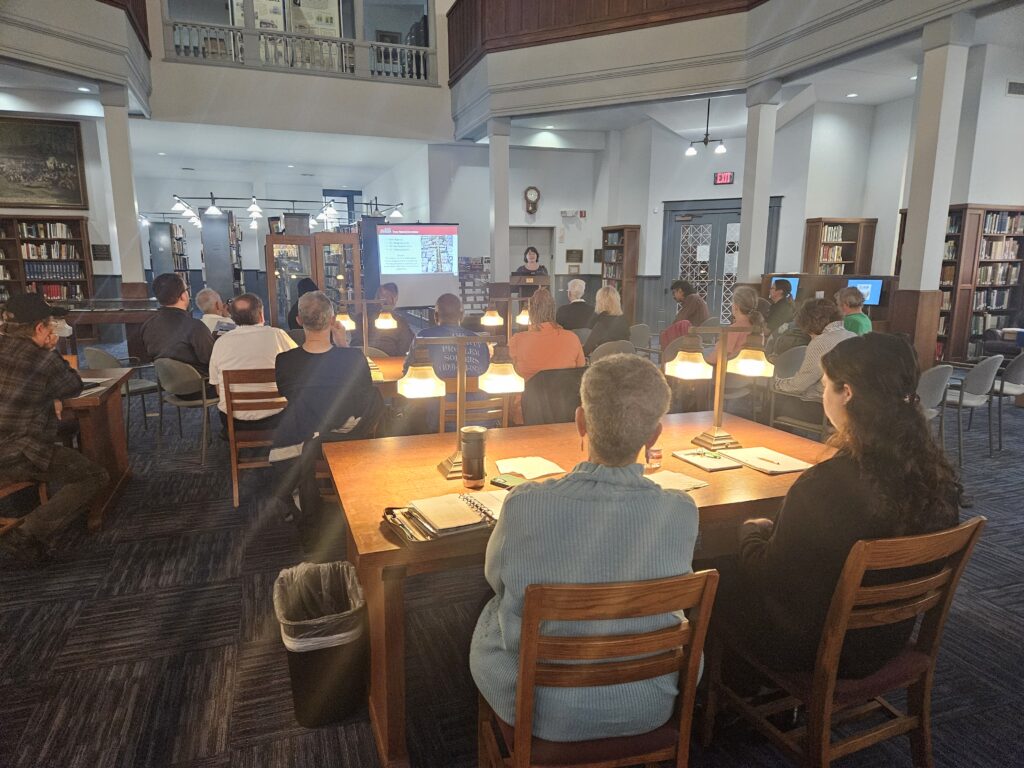
On Wednesday, February 12, I attended the Cemetery Preservation Workshop and African American History Harvest, where I enjoyed the presentations by Carlyn Copeland Hammons, Jenny McWilliams, and Alan Garcia from the Texas Historical Commission. I also want to give a shout-out to the Jefferson County Historical Commission (JCHC) and the Tyrrell Historical Library for organizing this event and making it free to the public.
I loved seeing a few friends and fellow historical researchers that I hadn’t seen in a while. This was a plus, especially during the cemetery inventory talk, which took place after lunch. During this talk, we had some questions answered, and we received a couple of new assignments that I need to research. One topic that was discussed was multiple headstones, or headstones that were thrown away because the family bought a new one. This is definitely a thing. Every year, the JCHC gets a few calls asking whether there is a grave on properties in the county. Ninety percent of the time, the headstone was discarded from a cemetery because the family bought a new one. An attendee also brought up the subject of Anthony Cemetery. It seems that there are some headstones in a wooded area off Gill Street, which I need to investigate. If you have any information on Anthony Cemetery that you would like to share, please email me at rediscoveringsetx@gmail.com.
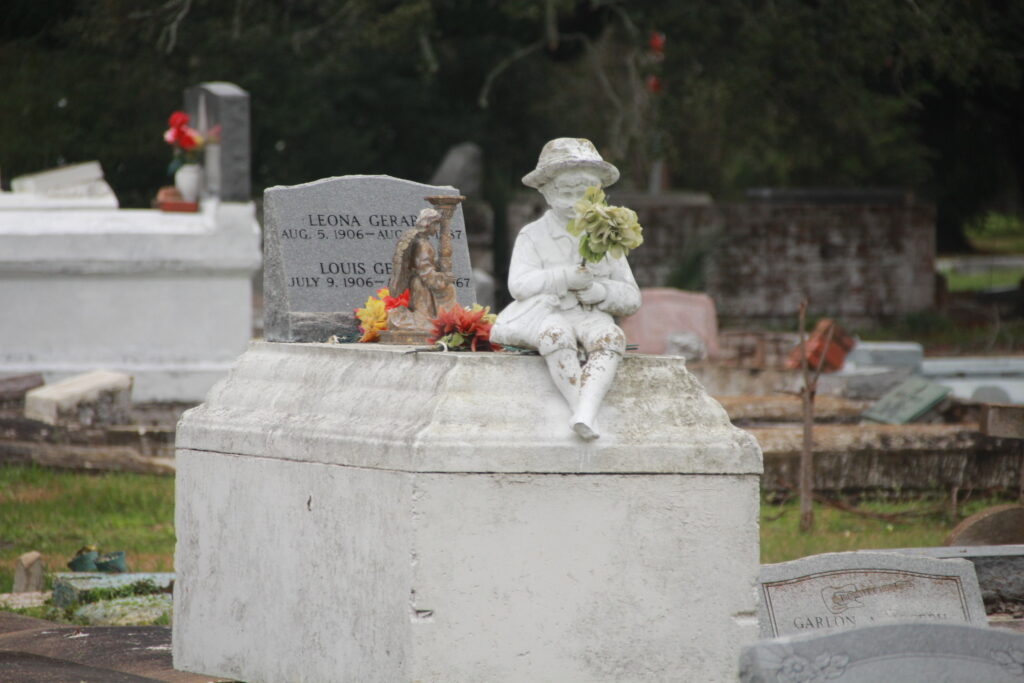
It rained while we did the walk-through at Pear Orchard Cemetery, but all in all, I think the event was a success! Hopefully, we can have a practical workshop at the cemetery to teach how to repair a headstone.
Finally, I want to give a shout-out to Chuck’s Sandwich Shop at 493 Pearl St. in downtown Beaumont. A friend recommended this place for lunch, and I WILL BE BACK! Support local businesses, especially if they are as excellent as Chuck’s Sandwich Shop!
Last weekend, a colleague brought to my attention a possible abandoned cemetery about 300 yards from Sarah Jane Bridge in Groves. He was told by someone that when they camped in the woods years ago, there were a couple of vaults near the waterline of the swamp in the area. This was before Jefferson Chemical (now Indorama) purchased the land in question. My colleague was also told that the vaults may now be under water. To be continued.
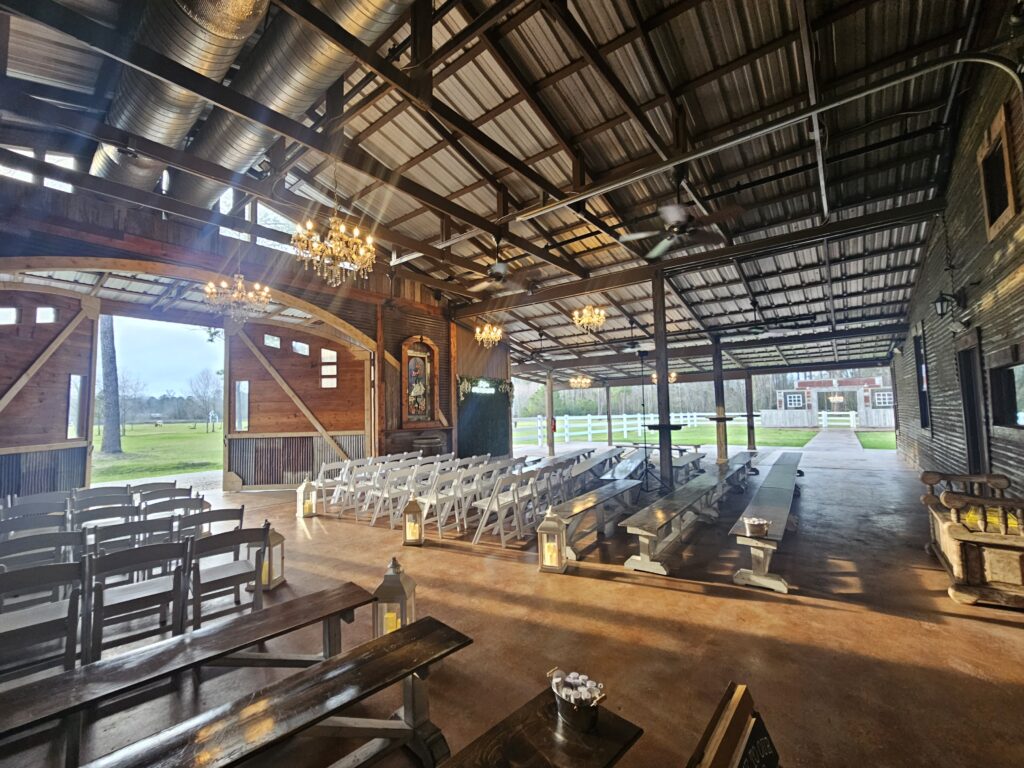
Also, last Saturday, I was out of town attending a wedding in Crosby. The venue was beautiful and surrounded by cows. Everything was perfect (except for the rain). The only thing I would suggest is knowing your clients. Play the right music when no one is dancing, and you keep edging them on. Both sides of the family were pro-Los Tucanes de Tijuana and didn’t want to listen to “Brown Eyed Girl”—I digress. “La Chona” it is!
Sunday was a good day for digging into my Florence Stratton files for someone who is writing an article on her for their newsletter. Once it’s out, I’ll share the link. On Monday, I was the Uber driver for some members of our family who took a cruise; I brought them to George Bush Intercontinental Airport. Of course, I gave them lots of information on Galveston’s history. I’m not Kathleen Maca, but after 14 years of visiting and volunteering there, I can pretty much fake it. And yes, I did drive through Old City Cemetery. I also want to give a shout-out to our lunch stop, Taco Mezquite at 422 Aldine Bender Road in Houston. Five stars!
When I began my research on Florence Stratton, a.k.a. Susie Spindletop, in 2012, I knew nothing about her. After more than 12 years, you’d think that I’m an expert on the subject. I would say yes and no. Every time I look into something, I find more information to file. This doesn’t include all of Florence’s family members and friends, who are relevant to telling her story. It’s a massive undertaking. My research on her is ongoing. I will keep the lines open for more info about her to come in. Her story will be told. Also, when I find an error in my research, I change what I’ve said. Unfortunately, some errors come from past information found by other researchers, but some are my fault. We’ll deal with two of my mistakes first.
On Wednesday, I was still trying to understand why Florence had taught at Miss Anne’s Private School around 1903. I found this detail in one of her obituaries from The Beaumont Enterprise, which was published on January 29, 1938. My copy from the relevant microfilm is mostly illegible. I visited the Sam Houston Regional Library and Research Center in Liberty to get a scanned copy of the obituary, and the one I got is better than my microfilm copy, but it’s not perfect. I also checked the Beaumont directories from 1903 and 1904, and there was no Miss Anne’s Private School. Basically, what happened was that I misread the obit—I thought it said “Miss Anne’s Private School” when it was actually “Miss Austin’s Private School.” This changes everything because we know that Florence also taught at Bell Austin’s Private School around that time. So, I can say for sure that Miss Anne’s was, in fact, Bell Austin’s.
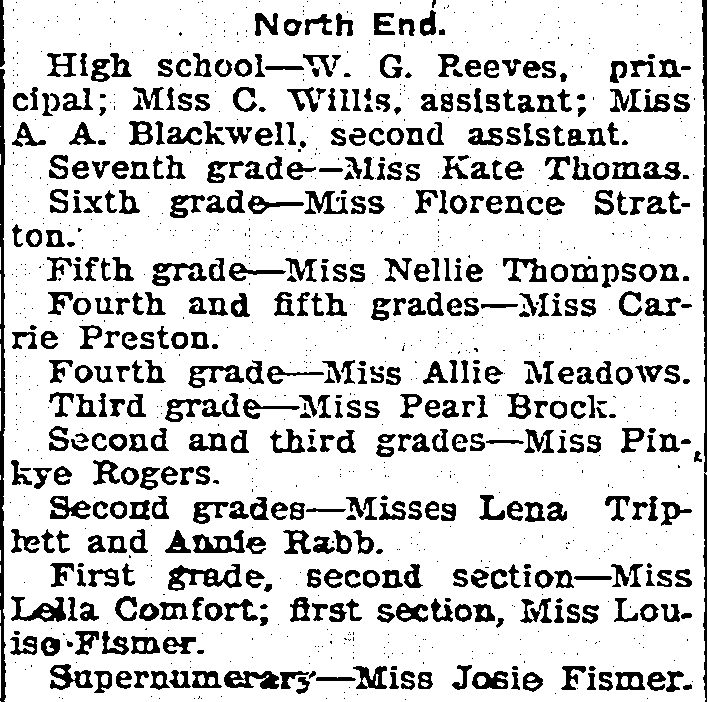
My second mistake is not due to an error of mine but to the possible misnaming of a high school or a nickname used for it. In a few places, it is stated that Florence taught English at Central High School, but as we all know, this school did not exist in 1904. In an article from The Beaumont Enterprise dated September 2, 1903, we learn that Florence taught Grade 6 in North End (at the Millard School). Another article, dated September 19, 1904, states that Florence was teaching grammar at the high school. This article also mentions teachers from the other four Beaumont schools, the two in North End (one for Whites and one for Blacks both part of the Millard School) and the two in South End (one for Whites and one for Blacks). I’m 90 percent certain that Central High School was Beaumont High, but you never know what will suddenly appear and prove you wrong.
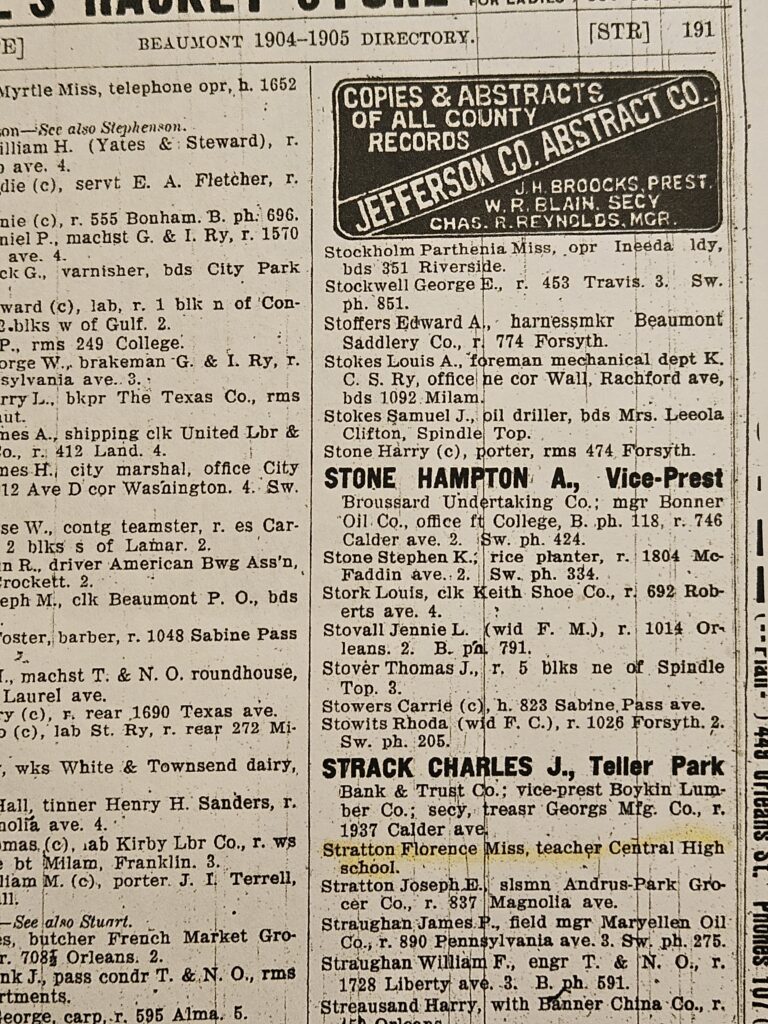
Well, I believe that the battleship Texas has found a home. It appears that BB-35 will be moored at Pier 15 near the Royal Caribbean International Terminal. I’ll leave it to the followers of the Battleship Texas Foundation’s Facebook page to decide whether this is a good or bad site because I have a life—I don’t have time for this jibber-jabber.
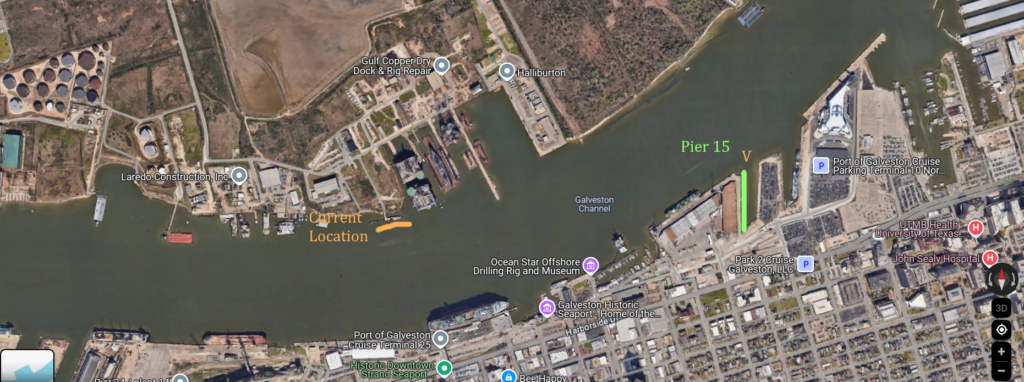
Until next time, my forecast has no cows, weddings, or family taxi services this weekend. “La Chona” it is!
Battleship Texas Foundation:
https://www.facebook.com/groups/450347275643485/user/61555563144973

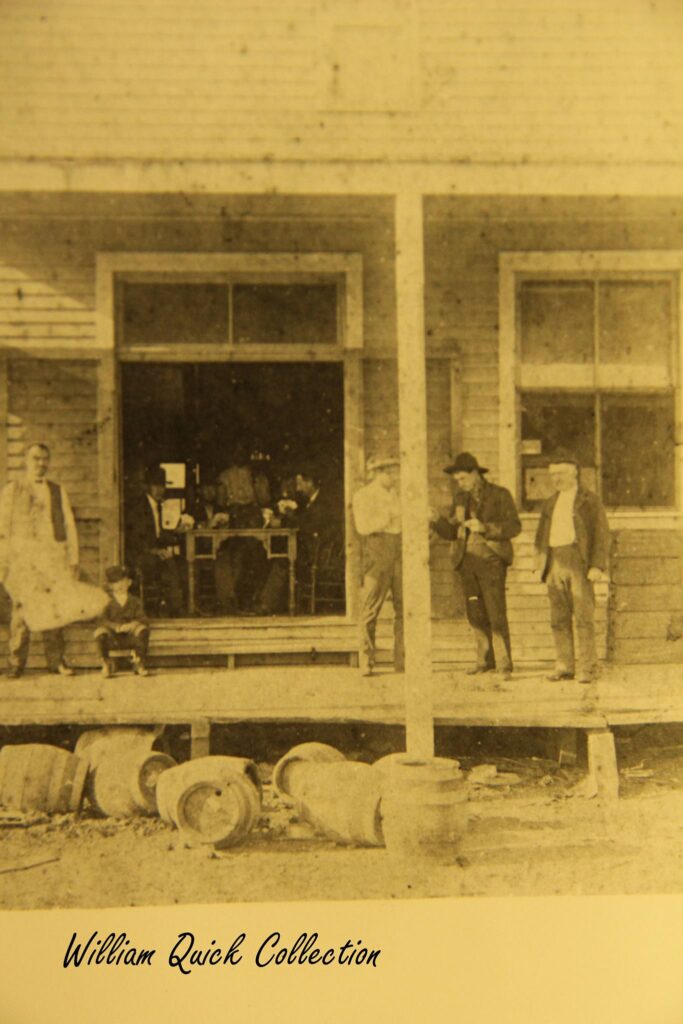
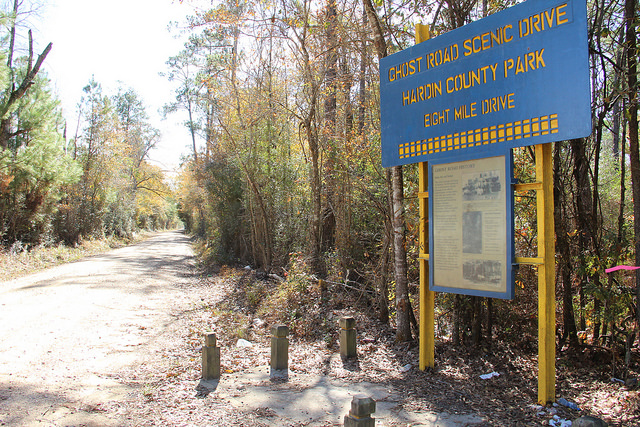
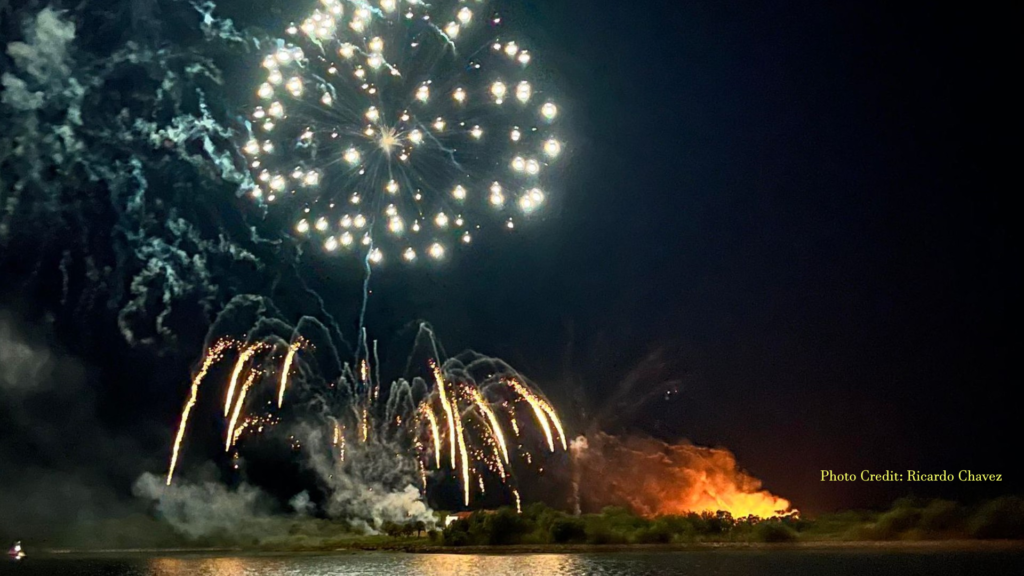
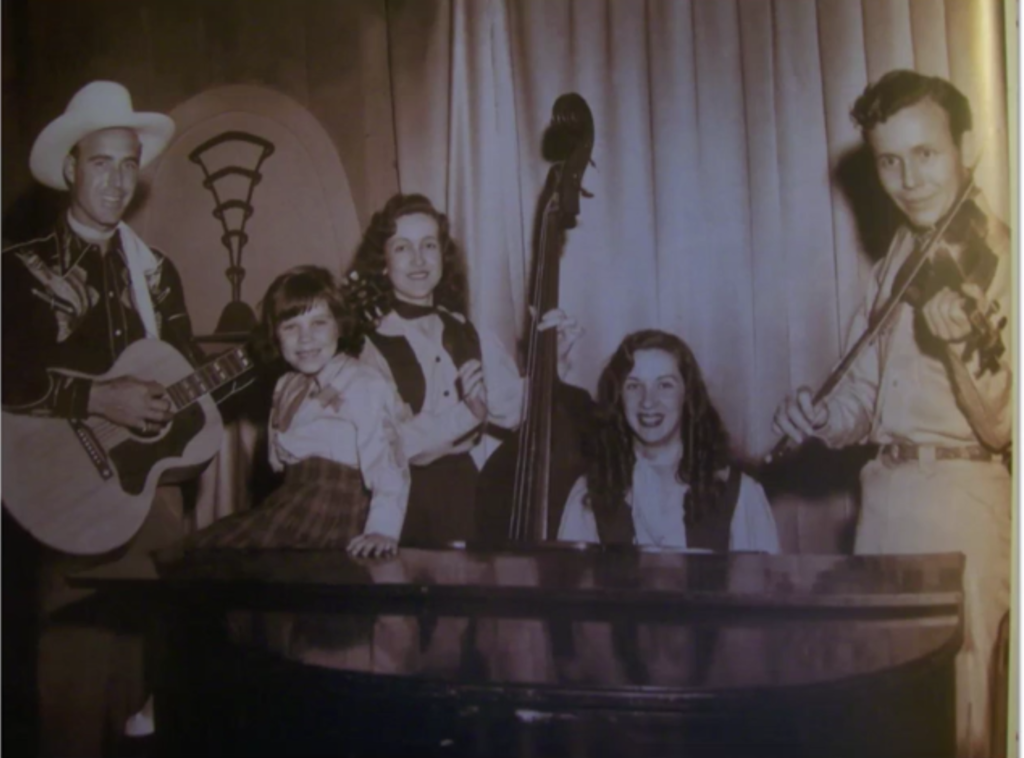
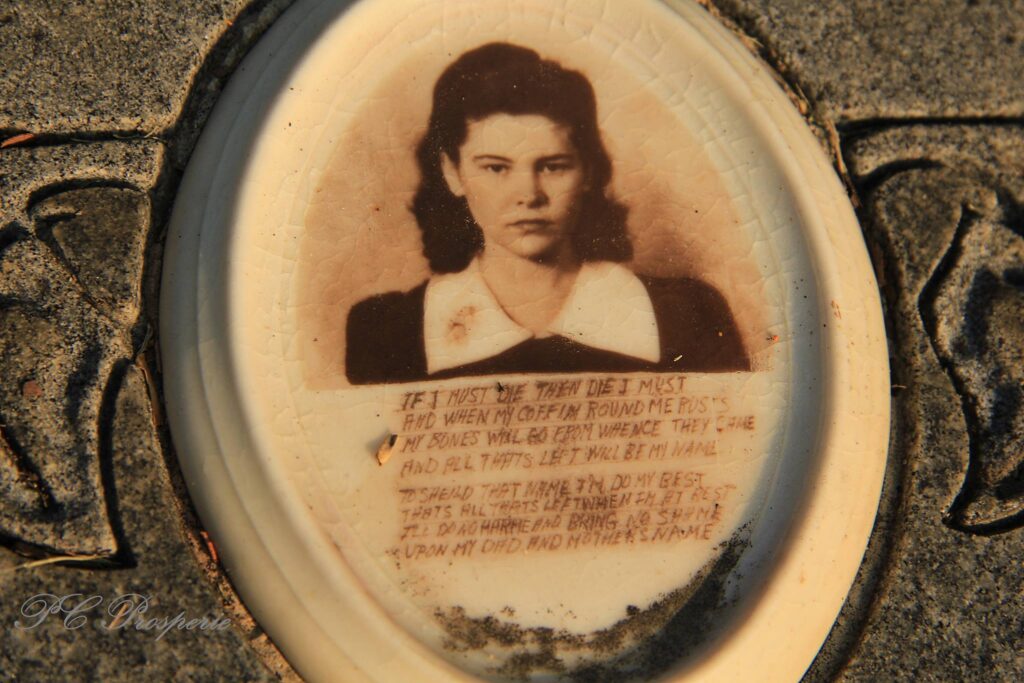
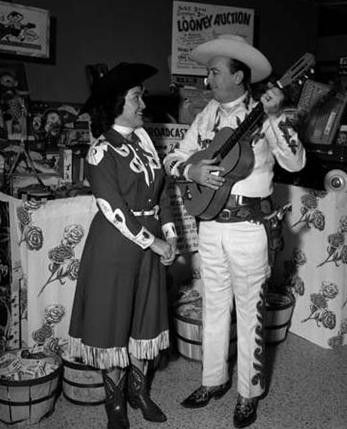
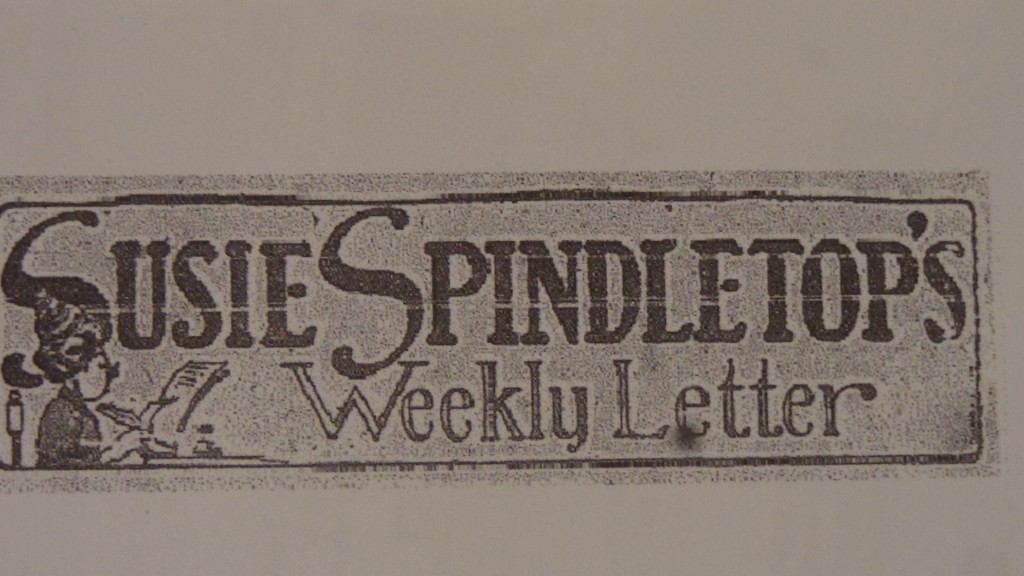
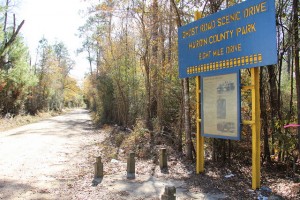
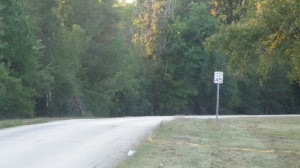
You must be logged in to post a comment.